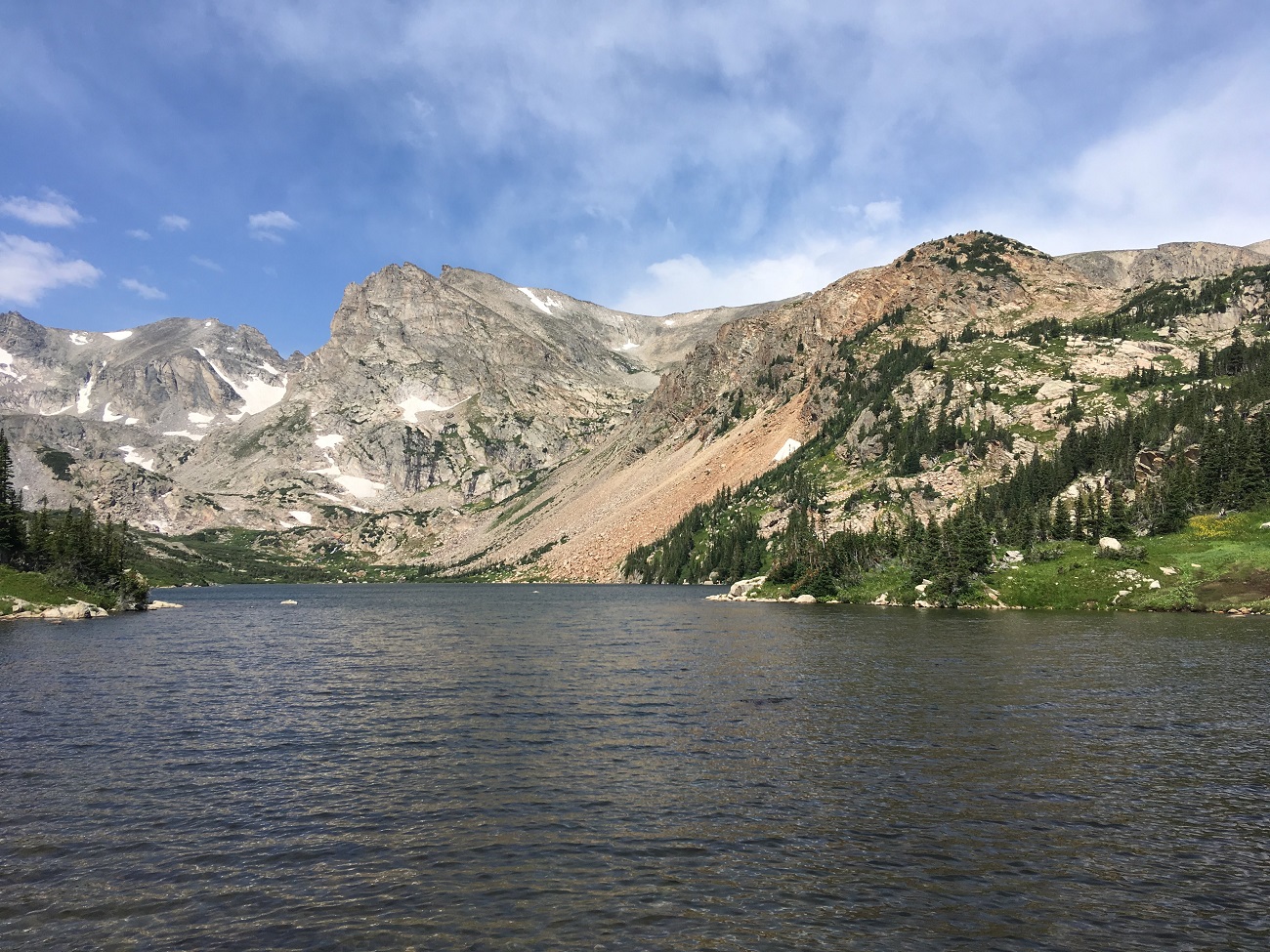One year after the Great American Outdoors Act became law, we're looking at what the law has achieved and the work we still have to do to secure a thriving planet that belongs to all of us. Read previous entries in this series:
- Part 2: Protecting America’s Wilderness, Taking on the Climate Crisis
-
Part 3: After a Year Indoors, We Must Support Every Kid Outdoors
- Part 4: Build Back Better Must Include Our Parks
Everyone deserves to live on a healthy and thriving planet. We deserve access to the outdoors, clean air, and clean water. One year ago, a divided Congress came together to pass one of the biggest environmental laws in a generation. The Great American Outdoors Act (GAOA) was a milestone for our public lands and waters, and a rare moment of bipartisanship. More importantly, it highlighted the scale of the environmental challenges we’re facing, and the work we still need to do.
When GAOA was signed into law, some hailed it as the greatest conservation achievement in decades and considered their work done. As the heatwaves in the Pacific Northwest, ice storms in Texas, and flooded subway trains in New York and Zhengzhou have shown us, that work is anything but finished. GAOA addressed real issues that threatened our public lands and waters, but it alone cannot take on the multiple crises we currently face: the climate crisis, the biodiversity crisis, and the nature equity crisis.
At its heart, GAOA was an infrastructure bill. You may be wondering what the outdoors has to do with infrastructure, especially after the oil, coal, and gas industries spent years defining infrastructure only as what moves cars around. But infrastructure is more than gray concrete, roads, and bridges. It’s the web of structures that supports a healthy, sustainable, and resilient economy and society, including the “green infrastructure” of public lands and waters, cultural and historical landmarks, and green spaces. Without the outdoors, our infrastructure is insufficient.
GAOA made two billion-dollar contributions towards green infrastructure. One was a high-profile, multi-billion dollar investment in our national parks. Through years of inaction, national parks built up $12 billion worth of overdue maintenance for trails, campgrounds, visitor facilities, fire safety, and lands protection. GAOA directed billions towards those projects, ensuring generations to come can safely enjoy these unparalleled sites and boosting the economies of gateway communities that rely on these popular destinations.
The other contribution was smaller in size and acclaim, but it went further than any other investment in promoting equitable access to the outdoors: GAOA directed $900 million annually to the Land and Water Conservation Fund (LWCF), fully funding it for the first time since its creation in 1964. The LWCF funds projects that provide close-to-home access to parks, playgrounds, and ballfields that keep kids and families healthy, and build up the green infrastructure we need to have clean air and water and build resilient communities.
Scientists say we need to protect 30% of all lands and waters in the United States by 2030 to stave off the worst effects of climate change, save countless ecosystems, and ensure everyone can benefit from a direct connection to nature. That means protecting more landscapes in the next 10 years than we did in the previous 100. If we don’t, our air will get dirtier, our waters will be more polluted, and our communities will be hotter and more vulnerable to the increasingly violent impacts of a climate in crisis.
This month, we’re looking back at one-year of GAOA and looking forward to the work we still need to do to build a liveable planet that belongs to all of us. We’ll be joined by members of Congress, each of whom are leading the fight to protect our lands and waters, increase equitable access to nature, and make the U.S. a leader in the global fight against climate change.
The best way to celebrate the Great American Outdoors is to protect what we have, restore what we’ve lost, and fight every day to make sure all people have access to nature. Let’s get to work.
